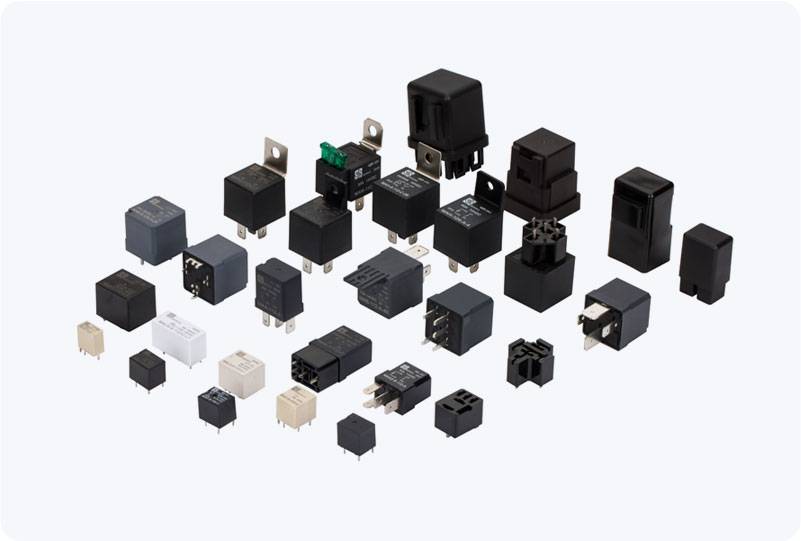In the realm of industrial automation, motor control is a critical function that ensures the efficiency and safety of various mechanical operations. Among the essential components in motor control systems is the Industrial Power Relay for Motor Control, which plays a vital role in switching electrical circuits, providing protection, and enhancing the overall operation of electric motors. This article explores the significance, types, and applications of industrial power relays in motor control systems, as well as their essential features and benefits.

What is an Industrial Power Relay? An industrial power relay is an electromechanical switch used to control a circuit’s power flow by opening or closing contacts in response to an electrical signal. It typically consists of an electromagnetic coil and a set of contacts. When current flows through the coil, it generates a magnetic field that pulls or pushes a set of contacts, either completing or breaking the electrical circuit. This action enables the relay to control the operation of devices like electric motors, lights, and other electrical equipment. In motor control systems, power relays are particularly valuable because they allow the control of high-power electric motors through low-power control signals. This makes it possible to manage large motors without directly interacting with the high-current circuit, ensuring both operational efficiency and safety.